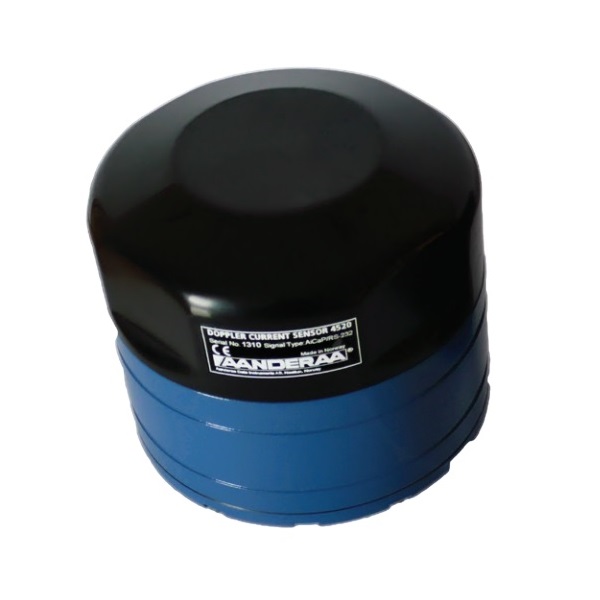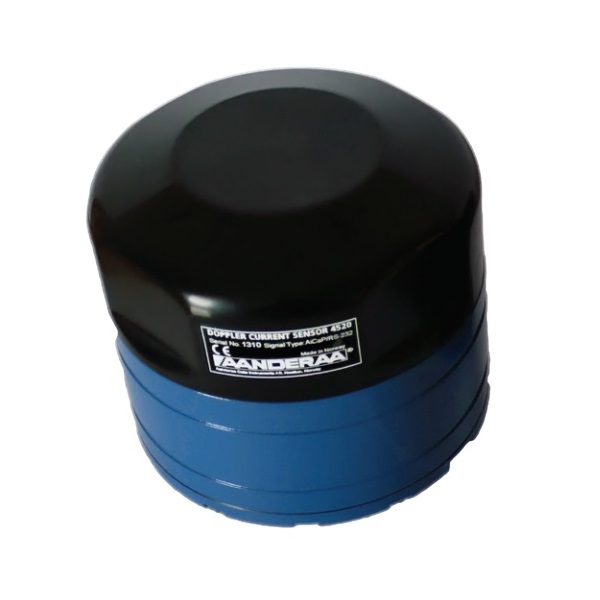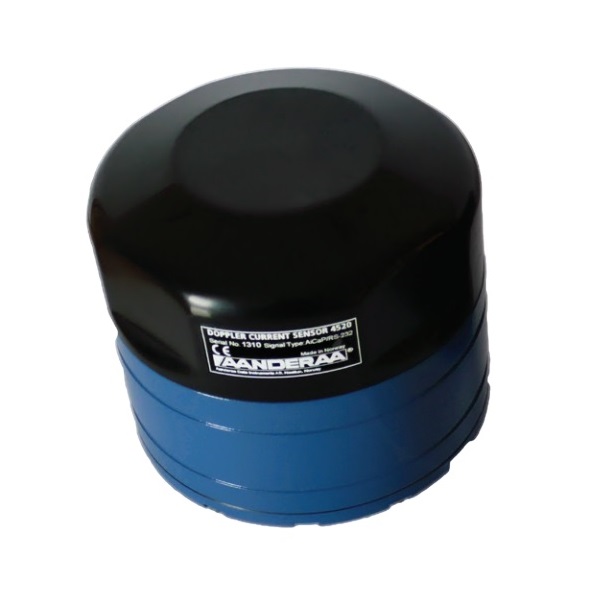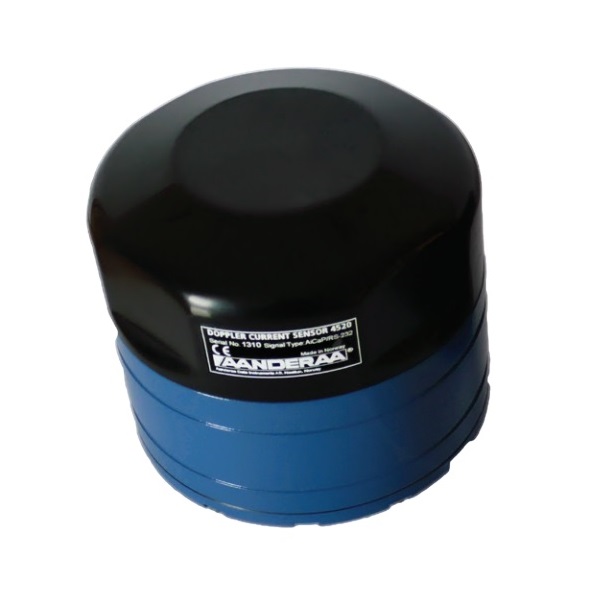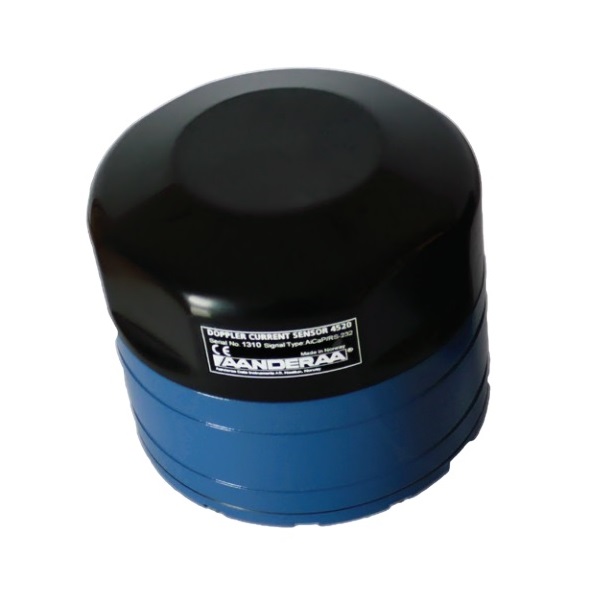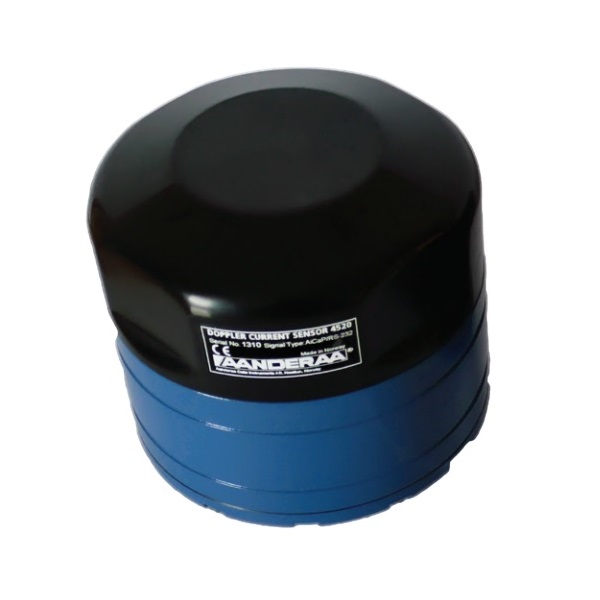Aanderaa ZPulse Doppler Current Sensors
The ZPulse Doppler Current Sensor (DCS) is a single-point current sensor for use with the Aanderaa SeaGuardII platform or external measurement systems using RS-232 interface.
Features
- ZPulse technology improves data quality, sampling speed and reduces power consumption
- Built in solid state three axis tilt compensated compass
- Smart sensor for easy integration on the SeaGuardII platform or 3rd party data loggers
Details
The Aanderaa ZPulse Doppler Current Sensor (DCS) is a single-point current sensor for use with the Aanderaa SeaGuardII platform or external measurement systems using RS-232 interface. It is designed for commercial as well as research use. The DCS sensors are based on the backscatter acoustic Doppler principle. The DCS has two orthogonal transducer axes with two transducers on each axis. This enables the DCS to measure in both directions on each axis which is a great advantage. This makes it insensitive to disturbance from vortex speeds around the sensor itself and the mooring line when the forward ping feature is enabled. One transducer on each axis transmits short ultrasonic pulses simultaneously. The same transducers receive backscattered signals from particles in the water. This gives an orthogonal x and y speed component which is tilt compensated to find the correct horizontal speed components.
The North and East speed components are calculated based on the x and y speed components and the heading from the built-in solid state electronic compass. The sensor takes several of these two-component measurements and finally calculates the averaged north and east speed components and the vector averaged absolute speed and direction.
Unique ZPulse multi-frequency acoustic technology improves data quality, sampling speed and reduces power consumption. Complex acoustic pulses comprising several distinct frequencies are combined into a single acoustic pulse. The ZPulse based DCS separates the received signal into different frequency bands, one for each frequency in the transmitted signal. Further, it analyses the frequency shift using a high speed Digital Signal Processor using an ARMA based parametric model processing algorithm to find the Doppler shift frequencies. This multi-frequency technique reduces the required number of pings needed in order to achieve an acceptable statistical error. The achieved measurement precision is proportional to the inverse of the square root of the number of ping measurements in a measurement interval. The ZPulse DCS uses two frequencies and this gives a reduction by a factor square root of two compared to a single frequency sensor. A single frequency sensor needs twice the number of pings to achieve the same precision as the Zpulse DCS.
The solid state sensor is well suited for monitoring low current speeds due to no moving parts. Because the sensor starts measuring in an area 0.4 to 1.0 meter from the instrument, the effect of marine fouling and local turbulence is minimized.

